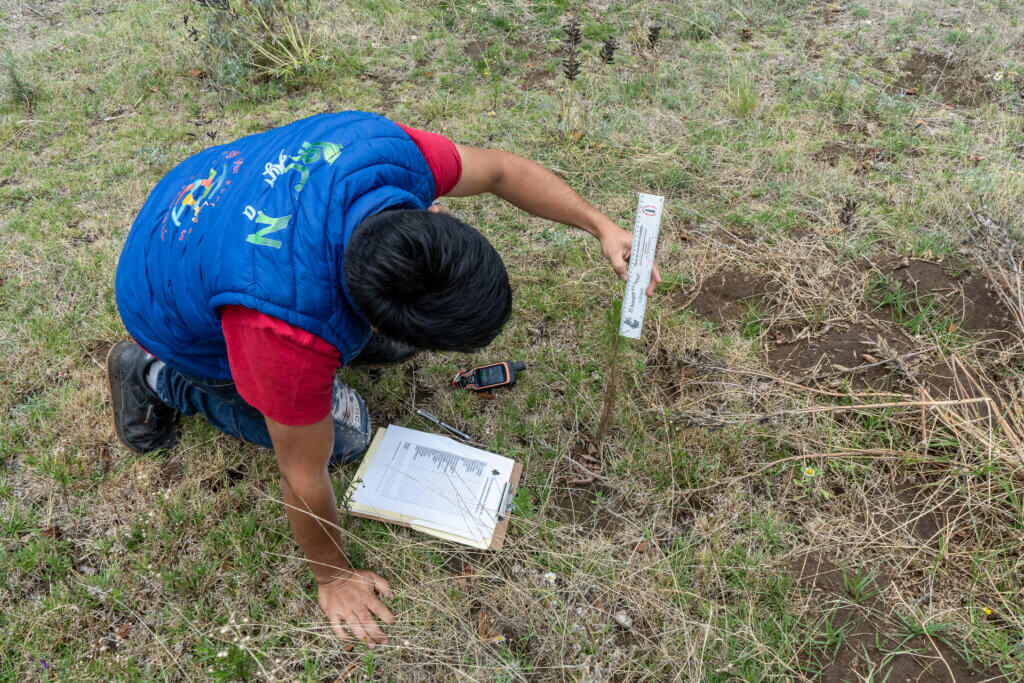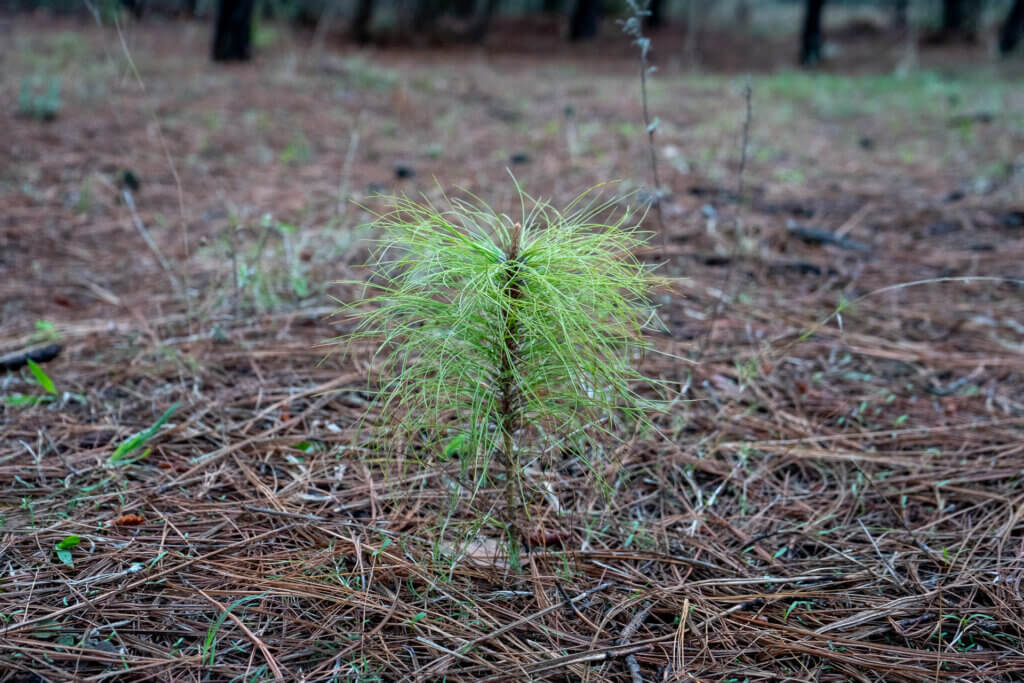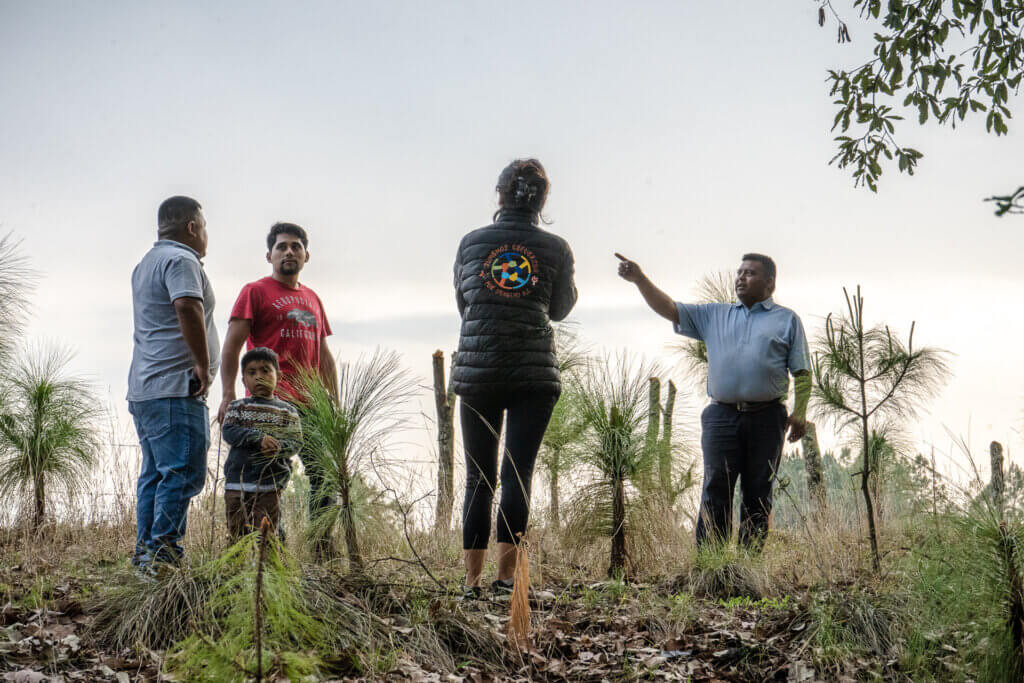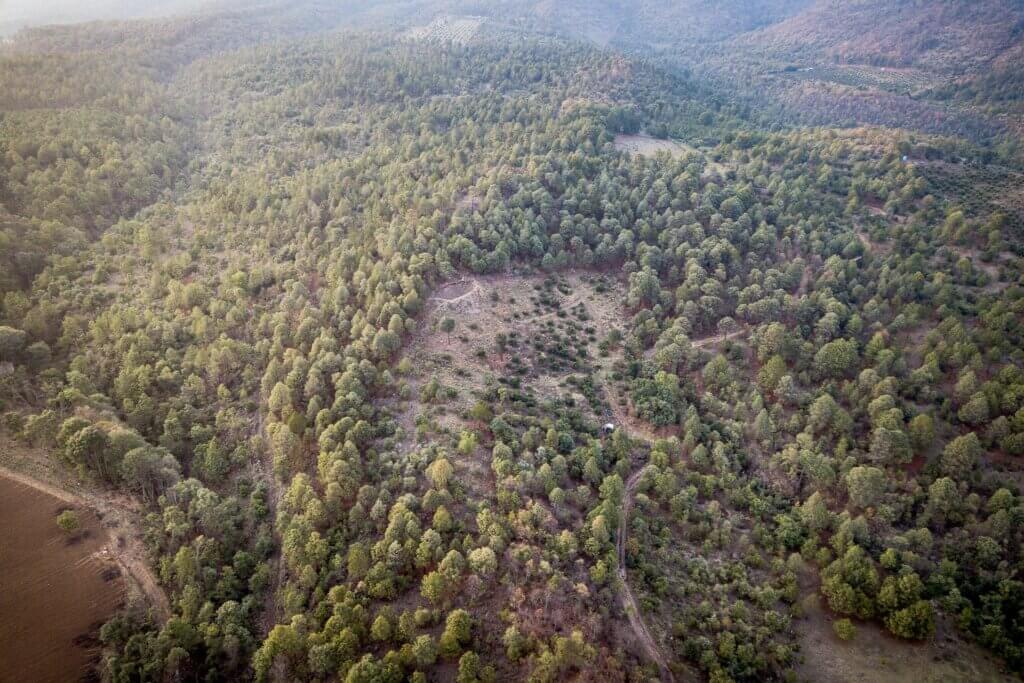
Tracking Tree Survival Boosts Environmental Impact and Reforestation Efforts
The Importance of Monitoring Tree Survival Rates
Planting trees is crucial but is not the only measure of a program’s accomplishments. Once planted, ensuring these trees thrive and contribute to their ecosystems is equally essential. This is where monitoring tree survival rates comes into play. Let’s explore why tracking the survival of newly planted trees is vital for successful reforestation and the long-term health of our planet.
Understanding Tree Survival Rates
Tree survival rate refers to the percentage of trees that remain alive and healthy after a certain period post-planting. This metric provides critical insights into the effectiveness of reforestation efforts and helps organizations like Forests for Monarchs optimize our strategies for a more significant impact. Generally, we monitor trees after one dry season (“year one”).
Why Monitor Tree Survival Rates?

- Assessing Project Success
- Monitoring tree survival rates allows us to evaluate the success of reforestation projects. High survival rates indicate effective planting techniques and suitable environmental conditions, while low rates can signal issues that must be addressed.
- Optimizing Planting Strategies
- By tracking which trees thrive and which don’t, we can refine our planting methods. This process might involve selecting more resilient tree species, offering more training and education, or selecting better-prepared sites.
- Ensuring Long-term Impact
- Trees play a long-term role in carbon sequestration, habitat restoration, and soil stabilization. Monitoring survival rates ensures that the trees we plant today will continue to provide these benefits for decades rather than failing early and negating the intended environmental impact.

- Efficient Resource Allocation
- Resources for reforestation projects are often limited. By understanding which methods yield the highest survival rates, we can allocate our time, effort, and funding more efficiently, maximizing the positive outcomes of our work.
- Enhancing Biodiversity
- Reforestation is not just about planting trees; it’s about restoring ecosystems. Monitoring survival rates helps ensure a diverse range of species can establish and thrive, supporting the broader goal of biodiversity conservation.
- Engaging and Informing Stakeholders
- Transparent reporting on tree survival rates builds trust with donors, partners, and volunteers. It demonstrates our commitment to accountability and continuous improvement and encourages ongoing support for our projects.
Challenges and Solutions
Monitoring tree survival rates can be challenging due to remote planting locations, varying environmental conditions, and limited resources. However, technological advancements, such as satellite imagery and drone monitoring, are making it easier to track tree health and growth over time. At Forests for Monarchs, we monitor the planted trees by conducting random site inspections, collecting data and images, and utilizing drones whenever possible. Additionally, community involvement in monitoring efforts can provide valuable local insights and foster a sense of ownership and stewardship.
Our Commitment
At Forests for Monarchs, we are dedicated to planting trees and ensuring their growth and success. By closely monitoring tree survival rates, we can learn from our successes and setbacks, continually improving our methods and amplifying our impact. We aim to create resilient forests that support the majestic monarch butterflies and countless other species, contributing to a healthier planet for future generations.
The trees planted during the 2023 season show a survival rate of 82%.
Despite a delayed start to the season due to extreme drought, the trees have thrived.
These results testify to the strong relationships we build with landowners and communities that act as stewards of the land, caring for and maintaining the tree-planting sites. Community forestry relies on the community, and when they are empowered, we witness some of the best reforestation outcomes.

What This All Means
Monitoring tree survival rates is an essential component of effective reforestation. It allows us to measure success, optimize strategies, ensure long-term environmental benefits, and engage our supporters meaningfully. Together, through careful monitoring and dedicated efforts, we can make a significant and lasting impact on our planet’s health.
STAY INFORMED
To receive the most up-to-date information on monarch conservation efforts, the state of the monarch population, and what is being done to help, sign up for our e-newsletter: SIGN UP HERE. Visit our blog, The Pollinator Chronicles, for more information on the monarch butterfly.

